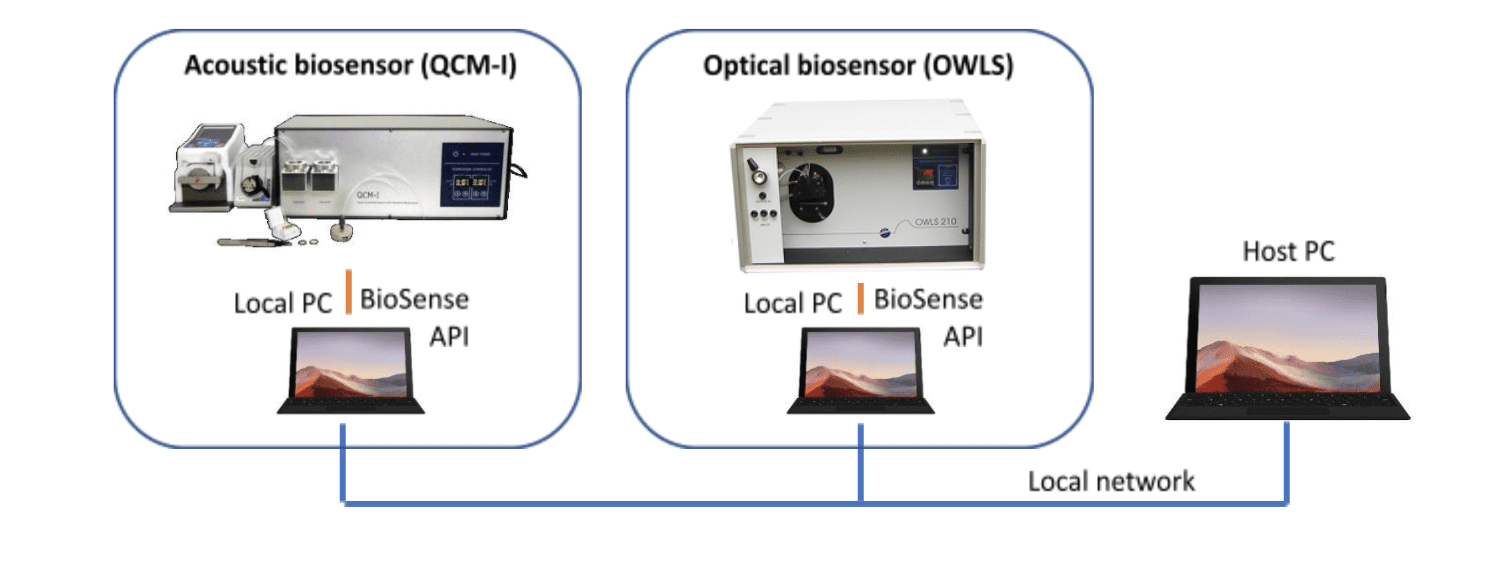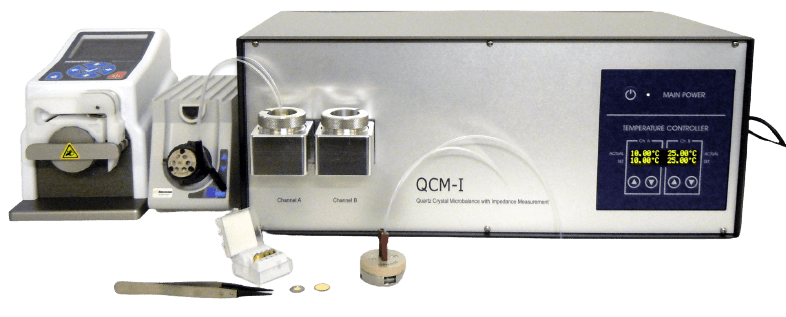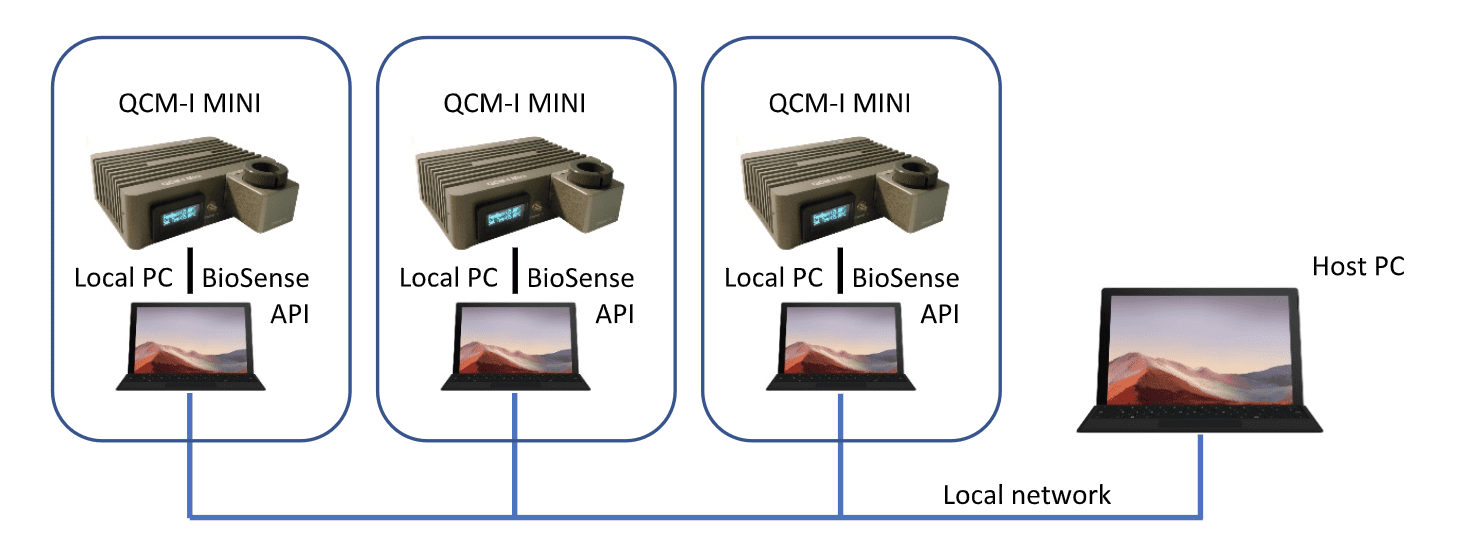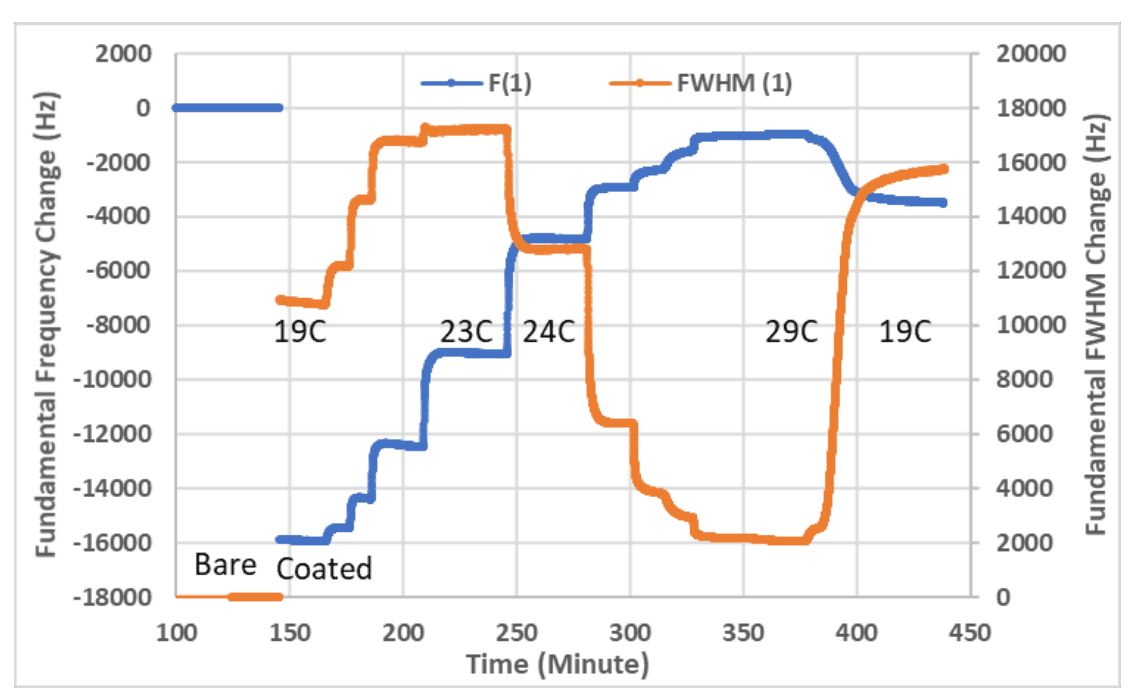Sponsoring Elsevier’s Bio-Sensing Technology conference in 2022
We are proudly sponsoring the 7th International Conference on Bio-Sensing Technologies. The event be held in Sitges, Spain from May 22 to May 25. The conference brings together industry and academia in order to exchange and share experiences, present research results, explore collaborations with the goal of developing new projects and new technology for bio-sensing […]



